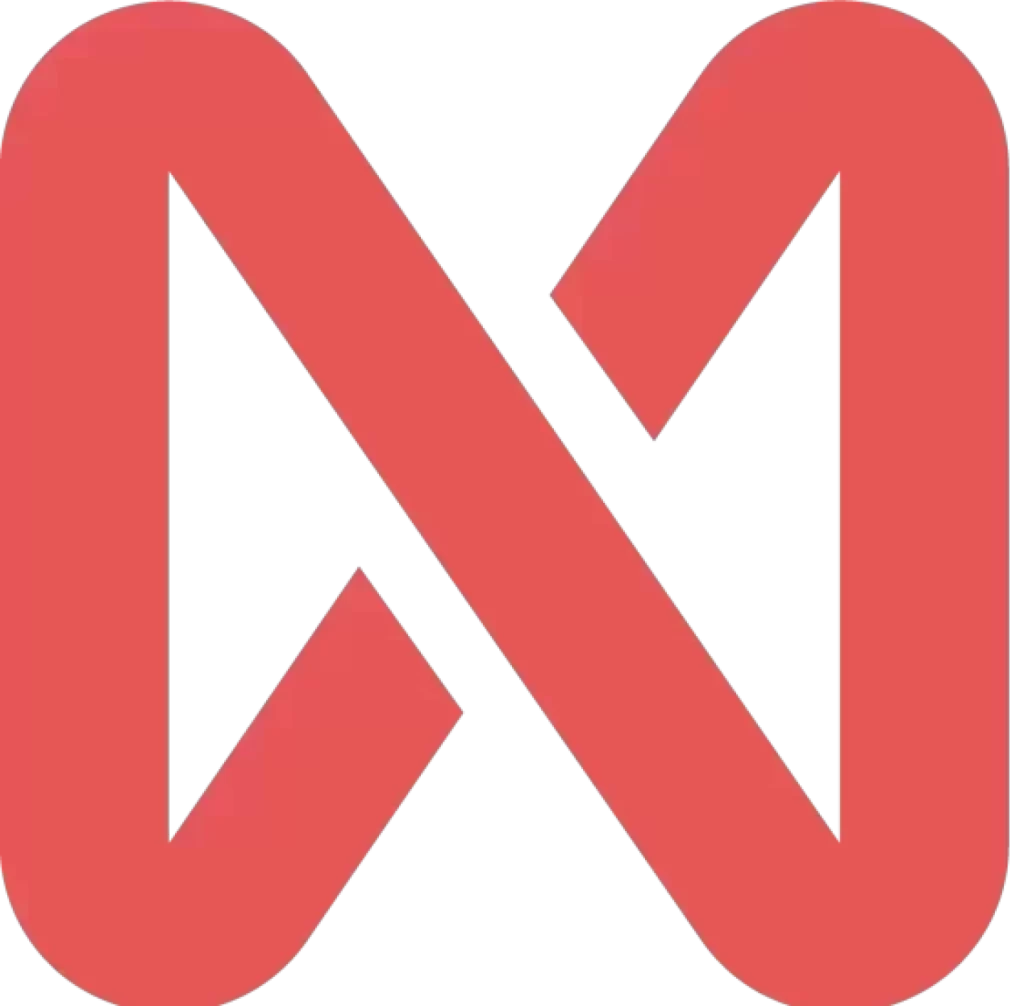
Hiring IT professionals through outsourcing should solve problems, not create new ones. The intention is to bring qualified developers to accelerate projects while maintaining focus on strategy. However, in practice, many CTOs and technical leaders end up discovering an unexpected challenge: ensuring that these professionals remain engaged, productive, and aligned with project objectives.
The dilemma becomes clear when you realize you need to deliver quality software while managing the motivation of a team that, technically, isn’t yours. The question that arises is: how does career management work in outsourcing models? And more importantly, who takes care of it?
There’s a huge difference between companies that simply “rent” developers and those that truly invest in people management structure. This difference directly impacts the quality of work that reaches you.
The problem of career management in traditional staff augmentation models
Outsourced professionals often find themselves adrift when it comes to career development. They work on your project, solve technical problems, deliver code. The question is: What’s the next step in their professional trajectory?
When there’s no clear answer to these questions, the signs appear quickly. Motivation drops, turnover increases, performance plummets. According to Gallup, 42% of professionals who left their jobs voluntarily reported that the company or manager could have done something to prevent their departure. The problem is that, in many cases, whoever is hiring the outsourcing ends up taking on HR responsibilities they never planned to have.
Why does this happen? Due to the lack of structure in staffing companies. Many work only as intermediaries, connecting professionals to projects without creating a real development environment. The developer is left without clear references for evaluation, feedback, or growth plan. When a better opportunity comes along, they leave. And you restart the integration process with someone new, losing accumulated knowledge along the way.
How structured career management changes the game in staff augmentation
Well-structured career management relies on pillars such as evaluation, feedback, and career plan.
Evaluation means having clear and objective criteria to measure performance. The developer needs to know exactly what’s expected of them and how their work will be measured. This eliminates that sense of uncertainty that erodes confidence and motivation.
Feedback goes beyond annual bureaucratic conversations. According to McKinsey & Company, 77% of professionals who received continuous conversations about development felt motivated by the company’s performance management system, compared to only 21% among those who didn’t have this follow-up. When feedback happens regularly, the professional can adjust course, correct problems, and evolve consistently.
Career plan provides direction. The developer sees where they are, where they can go, and what they need to do to get there. This transparency creates a sense of purpose and long-term commitment.
The connection is direct, as a professional with career clarity is a focused and productive professional. The outsourcing company’s role is to create this environment without the client having to manage every detail. You hire a squad or a developer and have the certainty that there’s a structure behind the scenes taking care of what matters.

NextAge’s Management Structure
NextAge builds this management foundation internally, freeing CTOs and technical leaders to focus on strategy and product execution. Here’s how it works in practice:
Evaluation system
Evaluations happen periodically and follow well-defined technical and behavioral criteria. Each developer knows exactly which competencies will be evaluated and how they fit into the expected seniority level. There are no surprises.
Technical criteria cover everything from code quality to the ability to solve complex problems and work with new technologies. Behavioral criteria evaluate communication, collaboration, proactivity, and alignment with project objectives. Transparency is total: the professional enters the evaluation knowing what will be measured and leaves it with clarity about the next steps.
Continuous feedback culture
Continuous feedback isn’t just an expression. At NextAge, developers receive regular feedback, not just in annual evaluations. This includes conversations about technical performance, team behavior, and progress toward individual objectives.
Structured career plan
Career plans at NextAge are clear paths that show different seniority levels, possible specializations, and what’s necessary to advance at each stage. A junior developer knows what they need to master to reach mid-level. A mid-level developer sees the path to becoming senior or specializing in a specific technical area.
The differential lies in continuity. This means that even when the professional changes projects or clients, their career continues evolving within NextAge.
What this means for our clients
When you hire an outsourcing company that has structured career management, the benefits appear from the first sprint.
More engaged and productive professionals from the start. Our developers know where they are and where they’re going, and work with more focus. They’re not just completing tasks, they’re building something that’s part of a bigger trajectory. This engagement translates into better code, more consistent deliveries, and less time wasted on rework.
Reduced turnover. The Achievers Workforce Institute revealed that 41% of professionals plan to seek new job opportunities, and another 24% are still undecided, which means two-thirds of the workforce may be at risk. When there’s a career structure, these numbers drop drastically. People continuity means knowledge continuity. You don’t need to re-explain the system architecture or business context every three months to someone new.
CTO focused on strategy, not people management. The time you would spend resolving career issues, mediating frustrations, or trying to retain talent goes back to where it should be: improving technologies, architecting solutions, thinking about the product roadmap. NextAge takes on this responsibility and you reap the results.
AI comes in as an enhancer throughout this entire process. At NextAge, artificial intelligence accelerates both technical work and internal management. This means faster deliveries, more accurate analyses, and time saved on repetitive tasks.
NextAge offers different working models to adapt to your needs: full squad allocation, projects with referential scope, or system maintenance services. In all of them, the career management structure continues working behind the scenes.

Signs that the staff augmentation company has a real career management
Before hiring, it’s worth asking some questions to separate discourse from real structure. Here’s a practical checklist.
How do you evaluate professionals? If the answer is vague or generic, it’s a warning sign. Companies that take career management seriously have documented processes and can explain criteria, frequency, and how results are communicated.
What’s the feedback frequency? If the answer is “annual” or “when necessary,” this indicates absence of continuous structure. Effective feedback happens regularly, not just when there are problems or on predefined dates on the calendar.
Is there a defined career plan? If there is, the company will be able to show paths, levels, and expected competencies.
How does it work when a developer changes projects? The answer should indicate continuity. If each project is a restart or if the company treats each allocation as an independent contract, there’s no real career management.
What happens when a professional wants to grow technically? Companies with structure offer training, mentoring, challenging projects, and specialization opportunities. If the answer is focused only on what the current client needs, there’s a lack of long-term vision.
Staff augmentation with people management is with NextAge
Hiring outsourcing shouldn’t mean inheriting people management problems. You’re looking for quality software development, not more items on your list of responsibilities as a technical leader.
Software quality is directly linked to care for those who develop. Professionals with career clarity, constant feedback, and fair evaluation deliver better results. This isn’t subjective, it’s measurable in fewer bugs, more consistent deliveries, and knowledge continuity.
NextAge was built with this premise: taking complete responsibility for managing the professionals we allocate. You hire to develop technology and can trust that there’s a solid structure taking care of everything involving people, career, and performance.
If you want to learn more about how this structure works in practice and how it can free up your time to focus on what really matters, it’s worth talking to the NextAge team.






